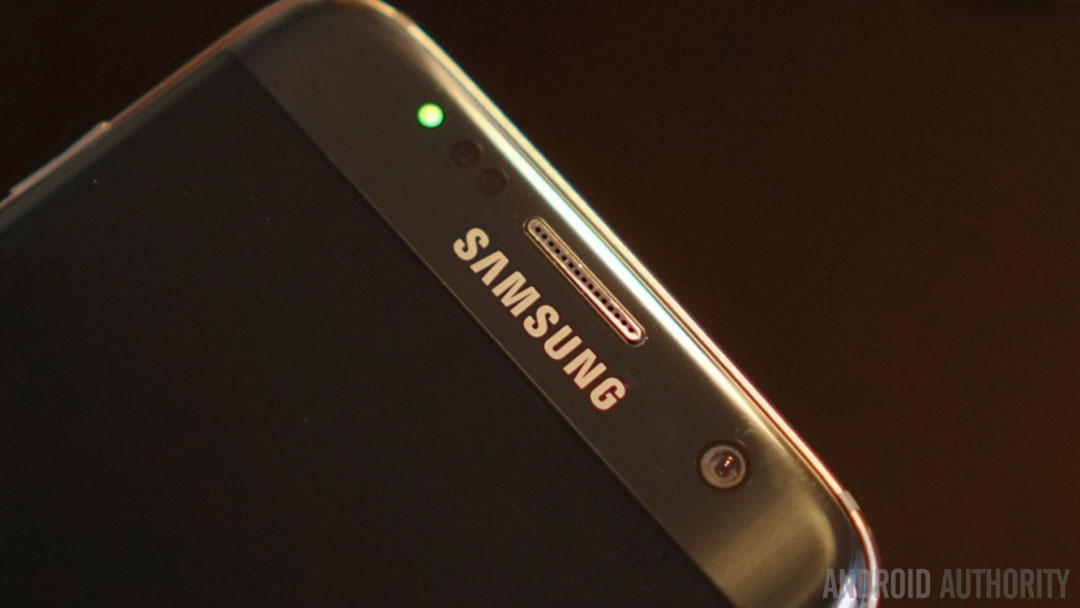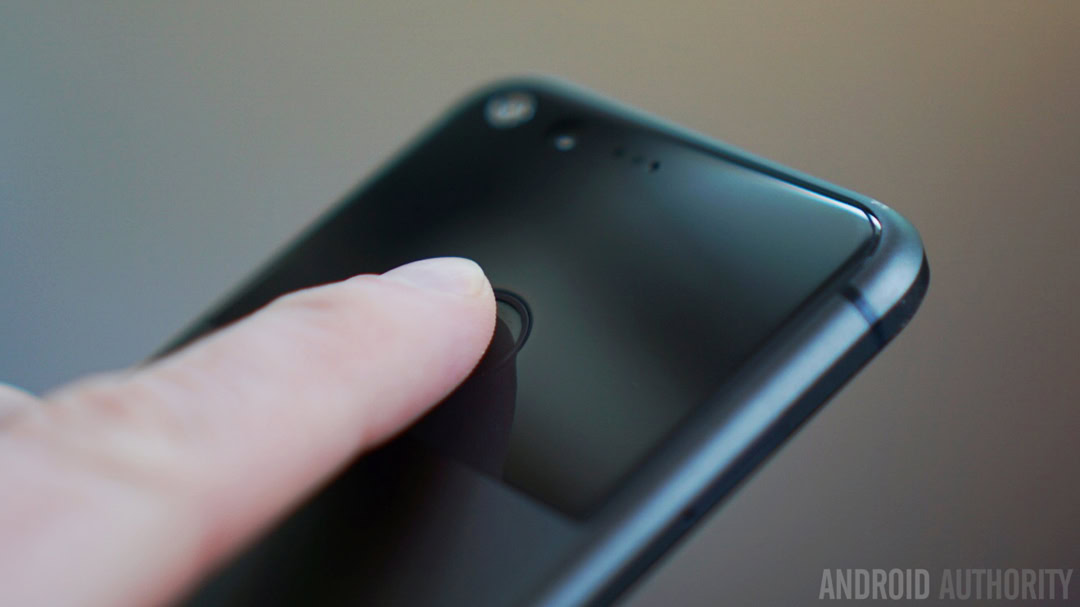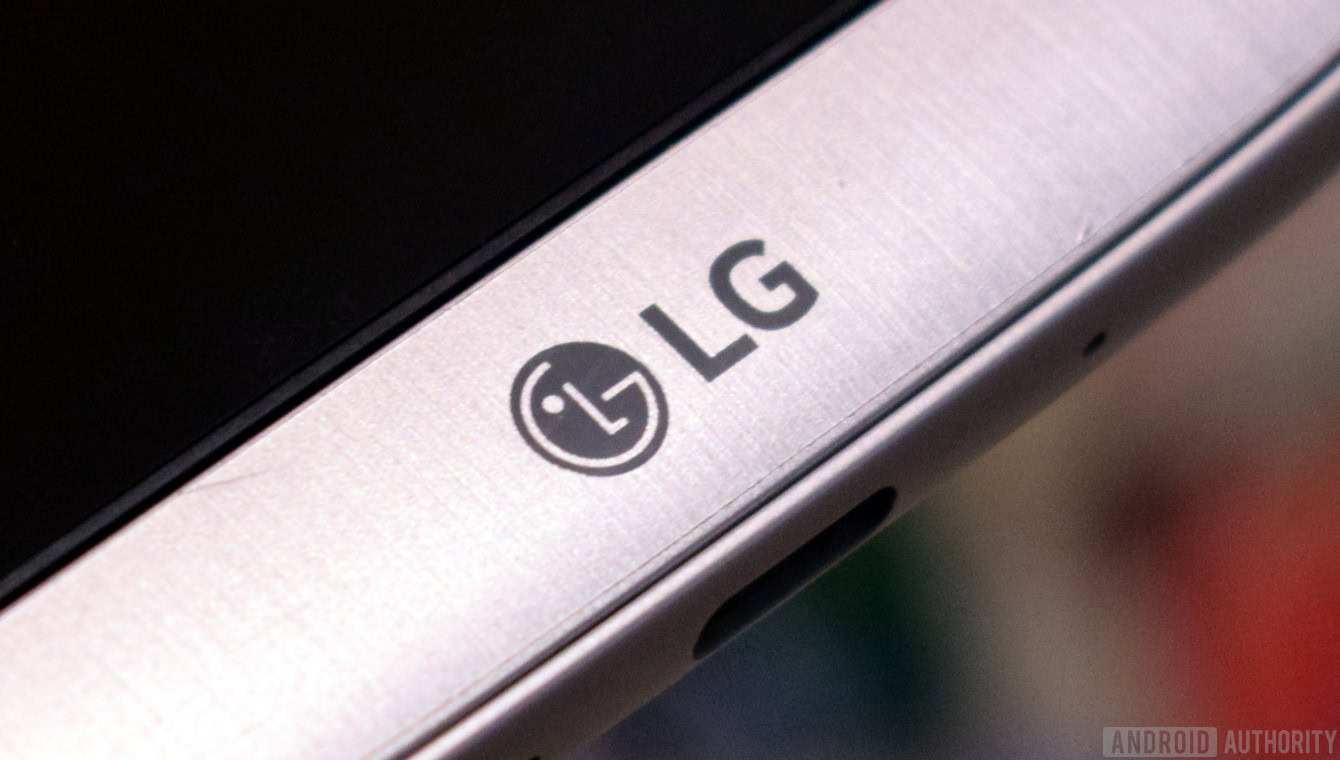Affiliate links on Android Authority may earn us a commission. Learn more.
Samsung and LG are fighting to expand OLED display production
May 12, 2017

The race to expand OLED display panel production for smartphones and other products is heating up at two of the biggest suppliers of those screens. Samsung and LG’s display units are reportedly ramping up investments to make more OLED displays even before their first stage investments are complete.

ETNews reports, via unnamed sources, that LG Display will begin the second part of its investment in 6th-generation OLED panels sometime in May or June, even though the equipment has not yet been completed from the first financial investment. The story says this strategy is being put in place to speed up construction.
The same story claims that Samsung Display is working to expand production as well. Both Samsung and LG are based in South Korea, but separate reports from The Investor and Global Times state that both companies have denied rumors that they plan to open up new OLED production plants in China.

However, it seems obvious that Samsung and LG would do their best to prepare for predicted supply issues for OLED panels in the years to come. Many of the smartphone OEMs in China are now embracing these displays, and Samsung is already rumored to be the sole supplier of OLED panels for Apple’s iPhone 8, which is expected to be a massive seller. LG is also rumored to be eying next year’s iPhone display contract.
All of this activity means smartphone buyers will likely see many more devices with these panels in the coming months, especially since OLED production became cheaper than LCD a while back. The price to make OLED panels will likely continue to go down as well as production ramps up, which also means consumers can expect to see these new displays on phones that are cheaper than the high-end, and expensive, flagship devices.